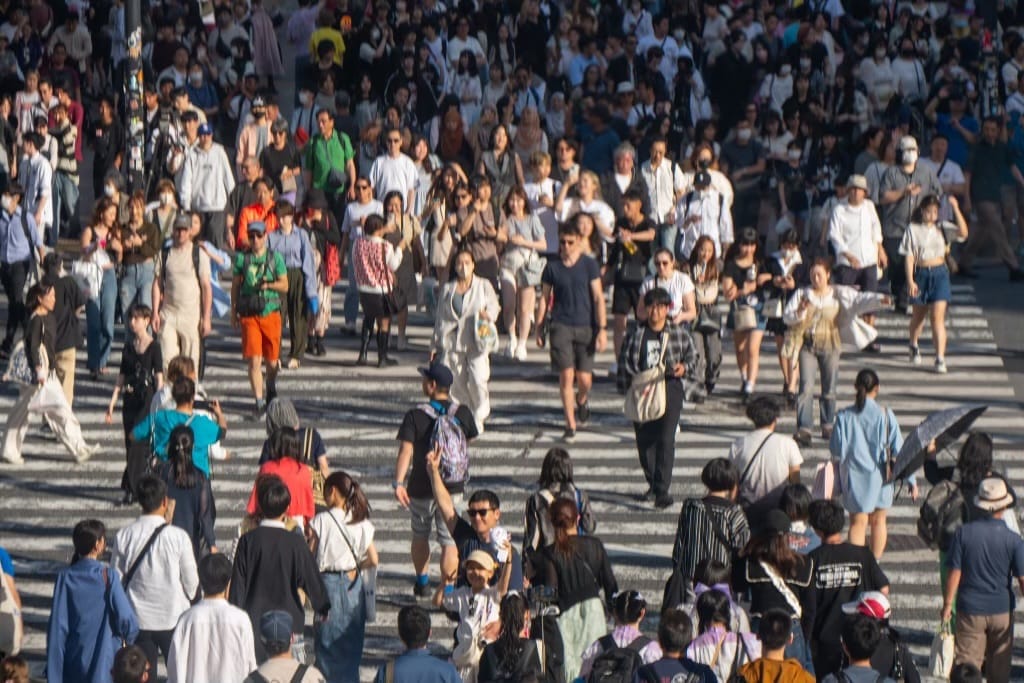By Florenda Corpuz
TOKYO – As Japan heads to the polls for the Upper House election, the government has launched a new office to tackle issues faced by over 340,000 Filipinos and other foreign nationals living in the country, a move welcomed by some and watched with caution by many.
Prime Minister Shigeru Ishiba said the initiative responds to growing concerns over immigration, social systems, and land use involving foreign nationals. The new “Office for Promoting Orderly Coexistence with Foreign Nationals” was inaugurated at the Prime Minister’s Office on July 15.
“As Japan faces a declining birthrate and an aging population, and in order to ensure a transition to a growth-oriented economy in the future, it is important for it to incorporate overseas vitality by accepting a certain number of foreign workers and expanding inbound consumption,” Ishiba said.
At the same time, he acknowledged public unease over crimes and incidents involving foreigners, and emphasized the need to “take strict measures against those who do not follow the rules.”
The new office, which operates under the Cabinet Secretariat, will coordinate policies across the Cabinet Office, Ministry of Justice, and other relevant agencies.
“Realizing an orderly coexistence society with foreigners is one of the important policy issues that the government must address,” Chief Cabinet Secretary Yoshimasa Hayashi said at a press conference the same day.
Filipinos a Vital Part of Japan’s Workforce
For many Filipinos in the Land of the Rising Sun, the new office could play a crucial role in balancing policy reform with the protection of migrant workers’ rights.
“The government is just doing its job. I don’t see anything wrong with it, as long as foreigners aren’t discriminated against because we contribute a lot to their workforce, especially now that Japan’s population is aging,” a 49-year-old Filipina caregiver in Tokyo told Filipino-Japanese Journal.
“It’s good that there’s a new office for foreign residents, but I hope that along with that, the government also addresses the discrimination many foreigners experience here,” a 62-year-old laundry worker in Saitama shared with Filipino-Japanese Journal. “Sometimes, no matter how hard you work, people still look at you differently.”
The Filipino community is the fourth-largest group of foreign nationals in Japan, following Chinese, Vietnamese and South Koreans. As of the end of 2024, the number of Filipino residents rose to 341,518, an increase of more than 19,000 from the previous year, according to the Immigration Services Agency (ISA).
Filipinos also comprise Japan’s third-largest foreign workforce. As of October 2024, 245,565 Filipinos were employed in caregiving, medical services, construction, and manufacturing, accounting for 10.7 percent of Japan’s 2,302,587 foreign workers.
Migrants Visible, and Invisible, in Japanese Life
Cardinal Isao Kikuchi, president of the Catholic Bishops’ Conference of Japan, said the country has long depended on foreign labor, often without fully integrating migrant communities.
“The migrants are not bad people. There are bad people, but there are good ones also, in Japanese society too, and all over the world. But how to integrate these migrants into society, there is no policy for that,” he told Filipino-Japanese Journal.
Kikuchi believes the creation of the new office is partly a reaction to political pressure, as newer parties gain traction by appealing to anti-foreigner sentiment.
He also criticized the misinformation that fuels public anxiety.
“The problem is that the majority of people who support parties that say, ‘We don’t need foreigners,’ don’t realize that the country is supported by the existence of migrants. If you go to the convenience stores or restaurants, the staff are from other countries,” he said.
Parties Push ‘Japan First’ Rhetoric
In the current political climate, several parties have put forward policies viewed by some as anti-immigrant.
Sanseito, a minor opposition party running on a “Japan First” platform, called for tighter limits on foreign workers in lower-skilled jobs. Nippon Ishin proposed a national cap on foreign residents, while the Democratic Party for the People vowed to regulate land purchases by non-Japanese nationals.
University of Tokyo professor Yu Uchiyama said these proposals are being driven by a mix of real incidents and misinformation.
“There is a system for converting foreign driver’s licenses to Japanese licenses. Due to this change, there have been accidents caused by people who have newly converted their licenses,” he said at an online briefing on July 16.
He also noted the spread of false claims, including one alleging that foreigners failed to pay 400 billion yen in social insurance contributions.
“This combination of real issues and misinformation leads to increased support for parties like Sanseito,” Uchiyama said.
Growing Population, Uncertain Future
Japan’s foreign resident population reached a record 3,768,977 at the end of 2024, according to government data. Filipino residents make up a significant and growing part of that figure, contributing to essential industries while facing shifting social and political undercurrents.
For many Filipinos, the hope is that Japan’s new policies will protect not only the nation’s future, but also the dignity of the migrants who help sustain it.
(Photo: Pedestrians cross at Shibuya Crossing in Tokyo on May 5, 2024. | Din Eugenio)


